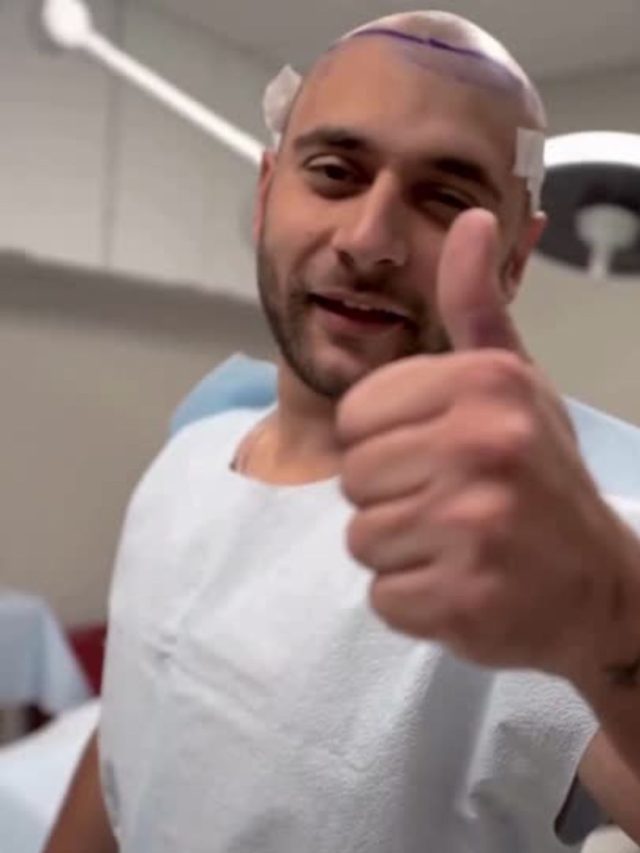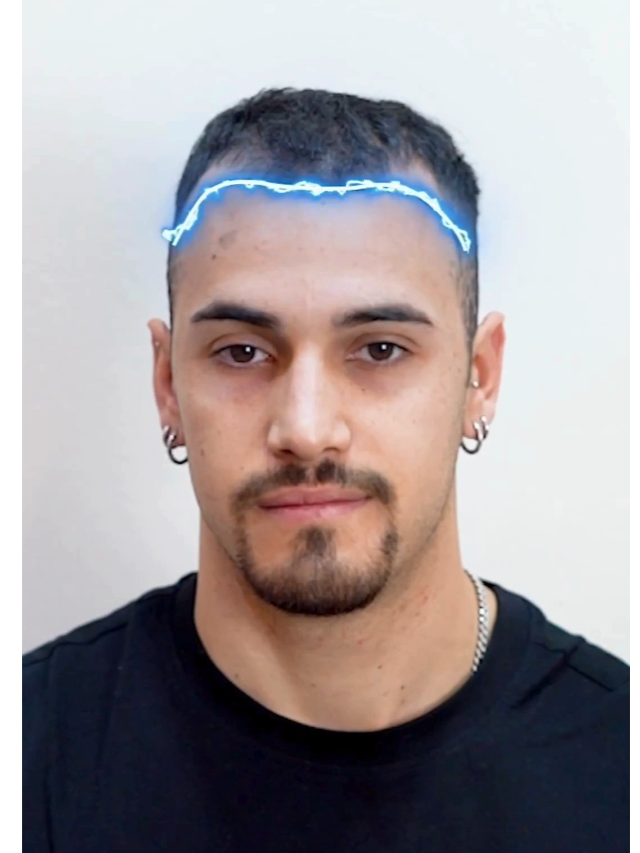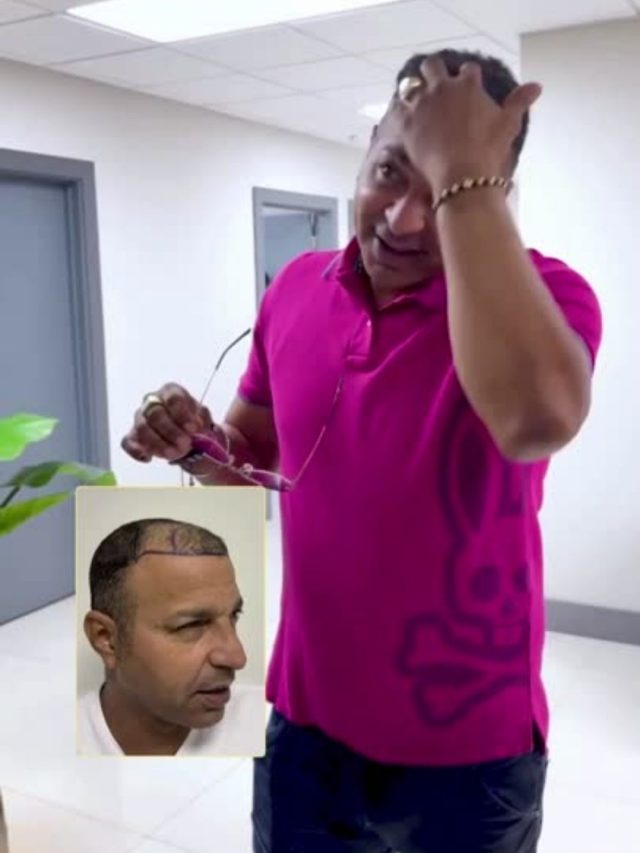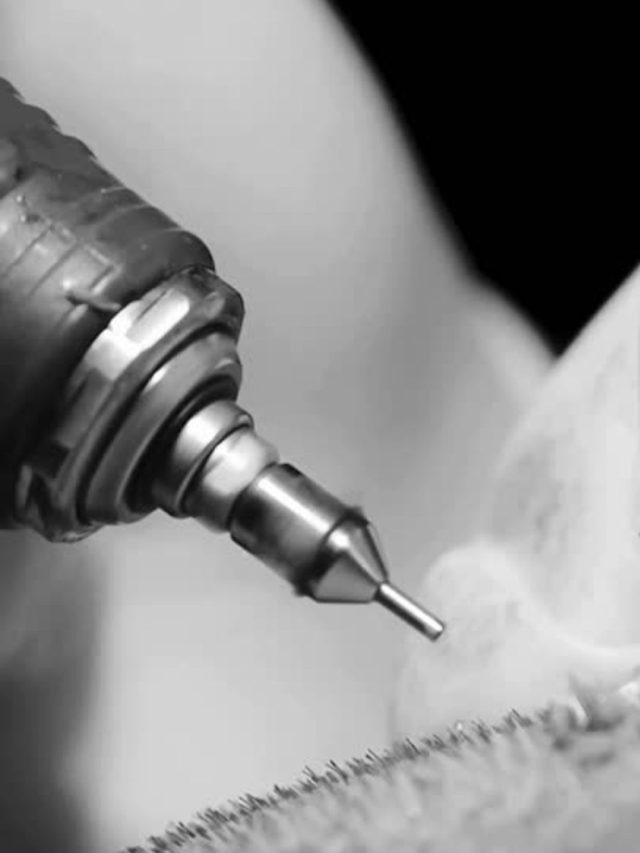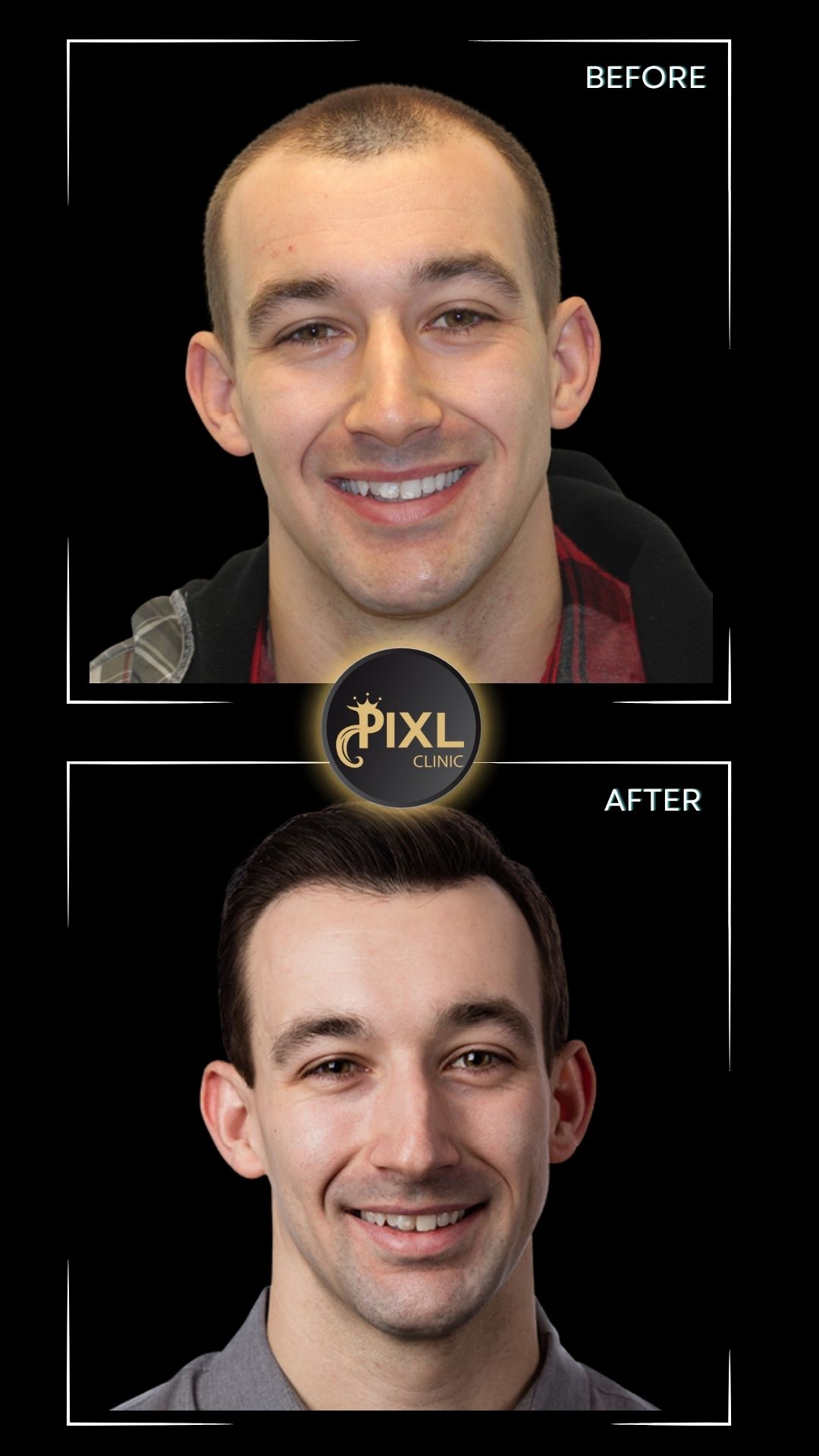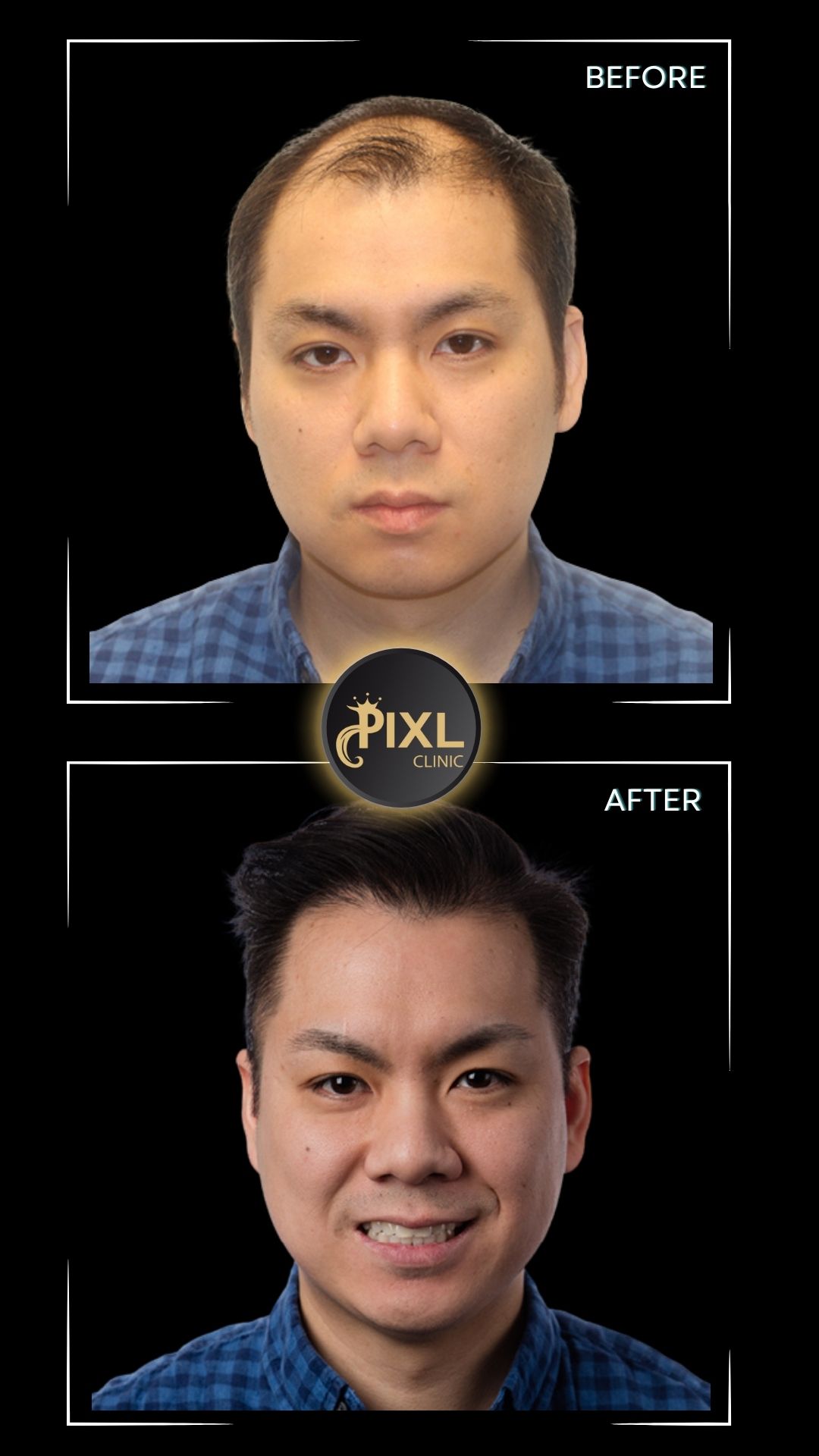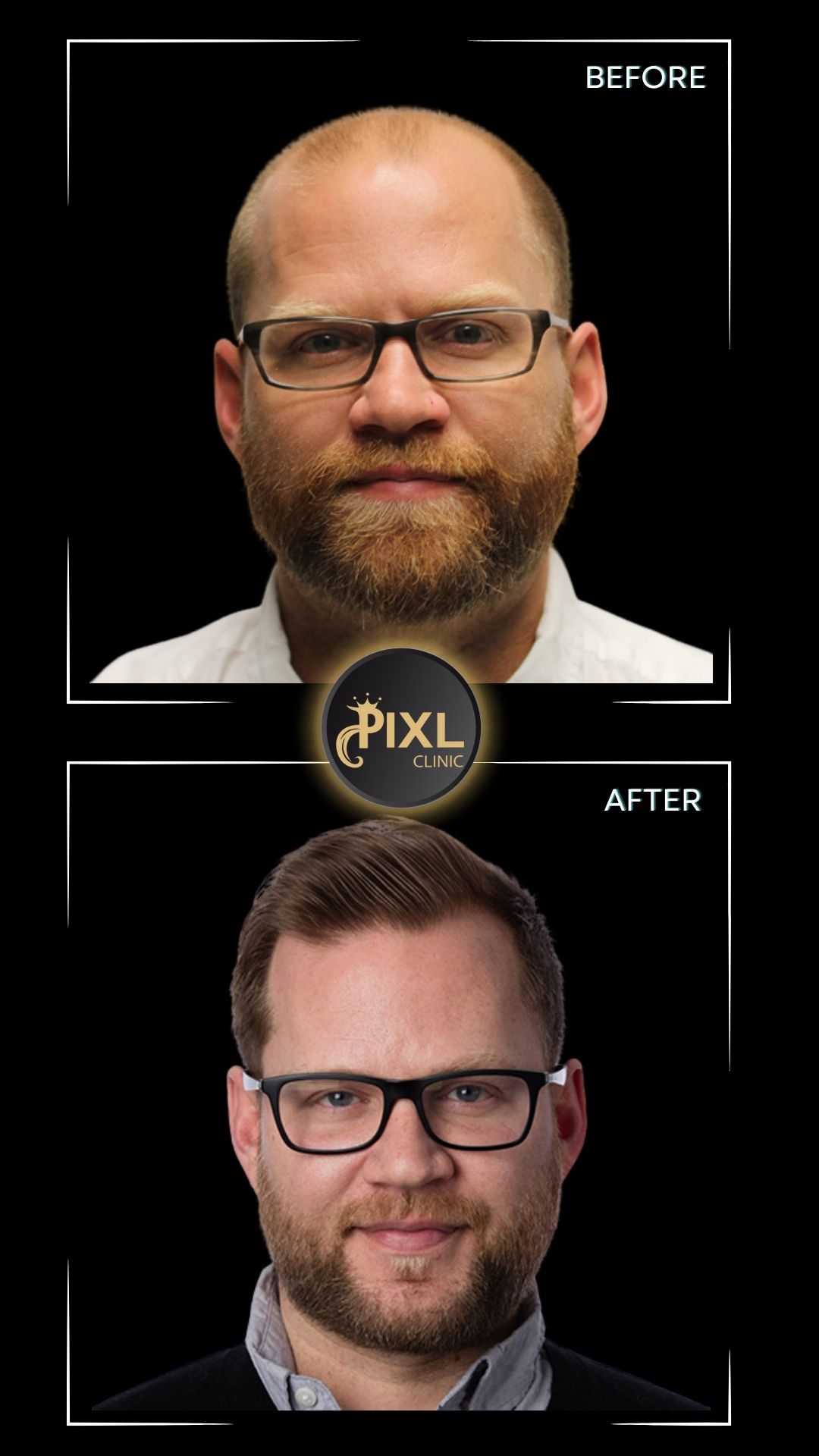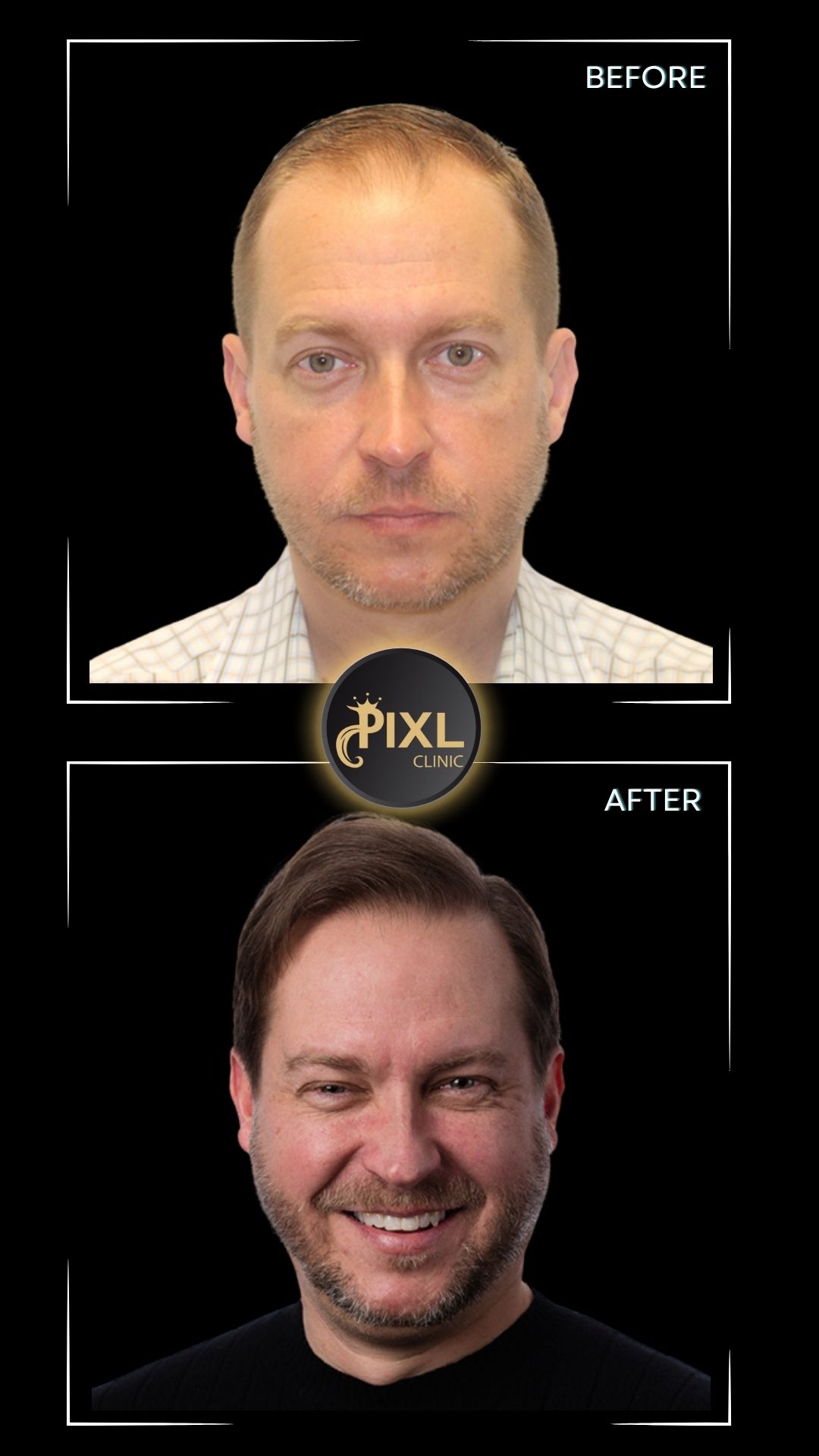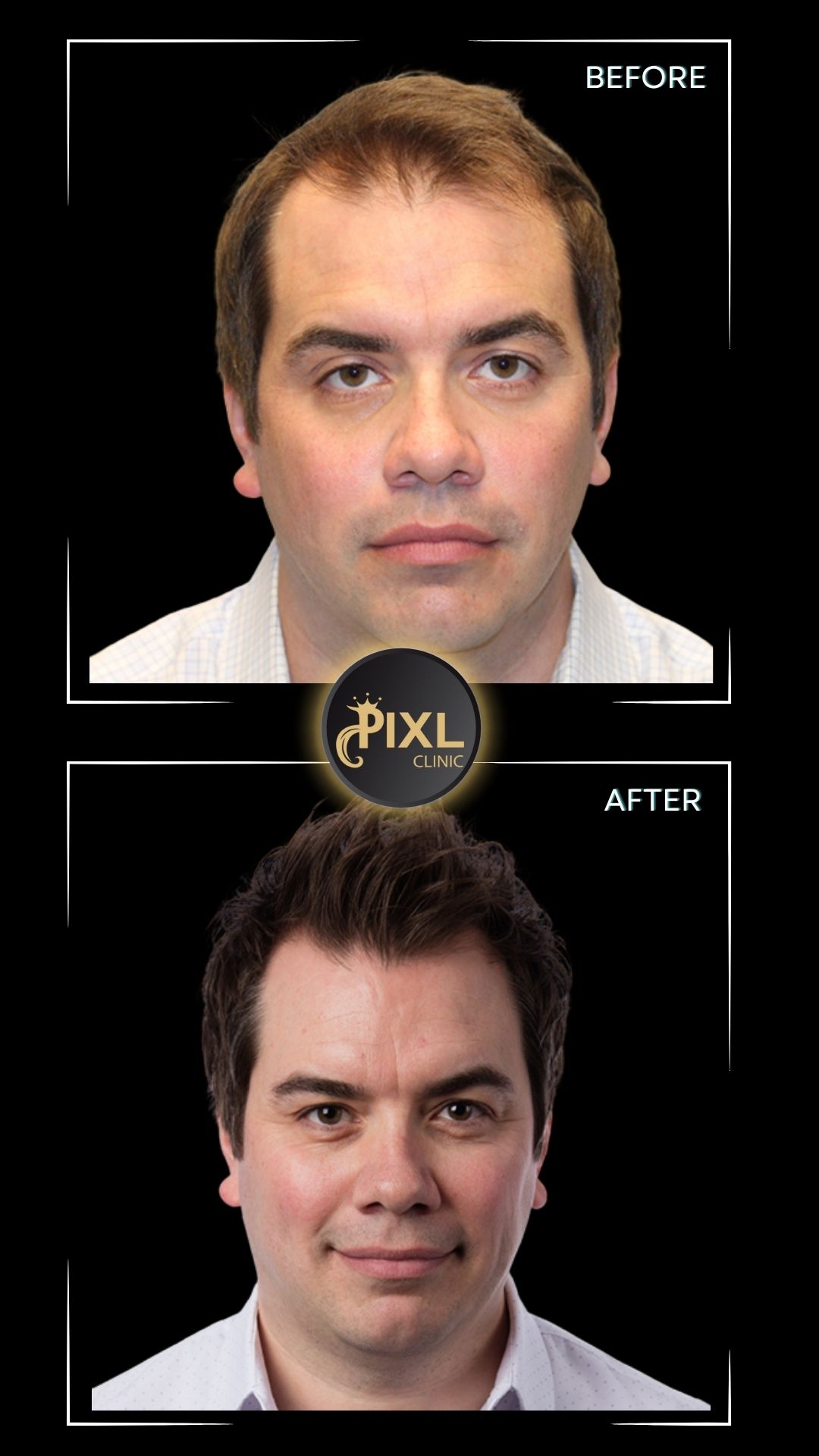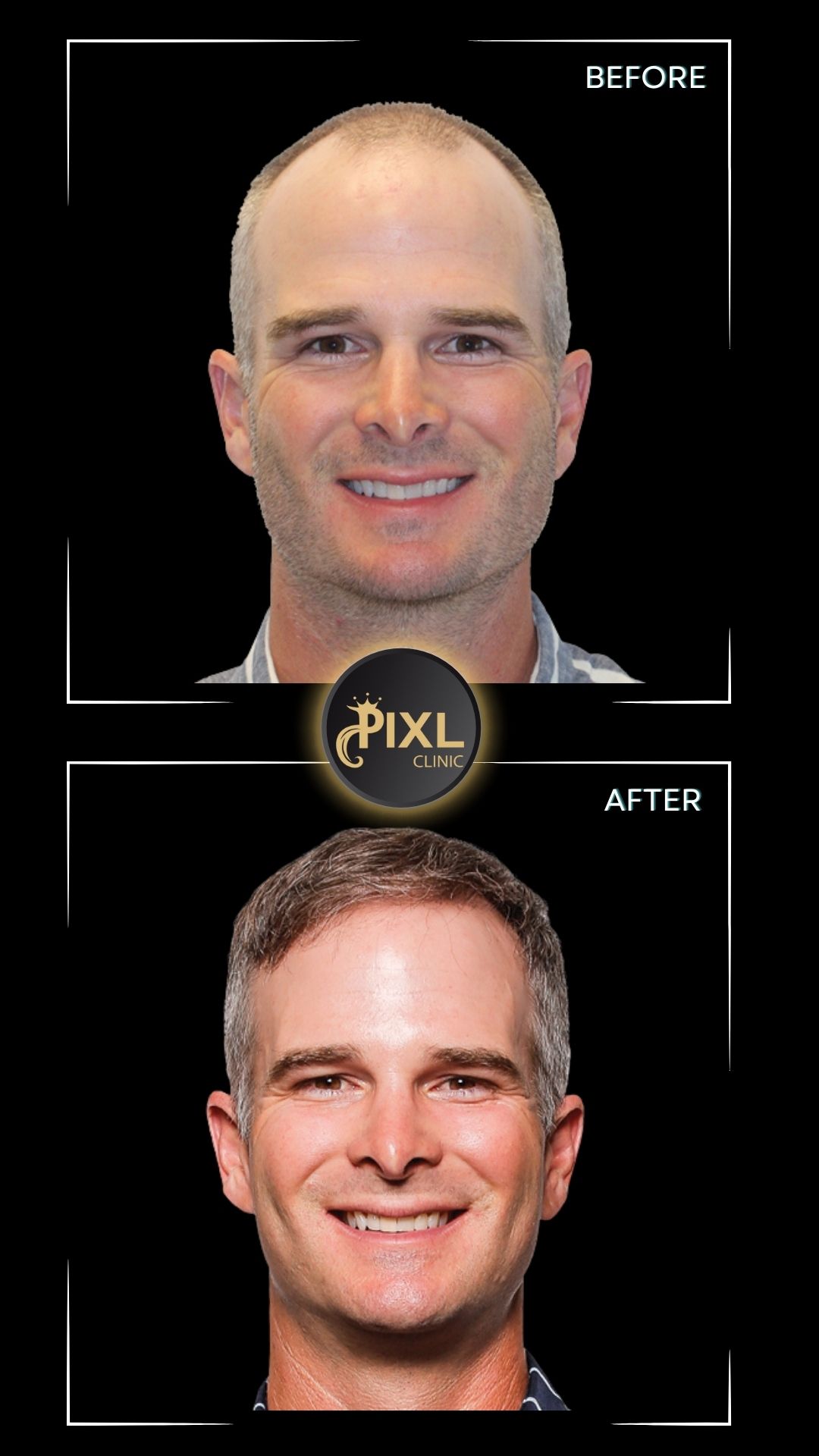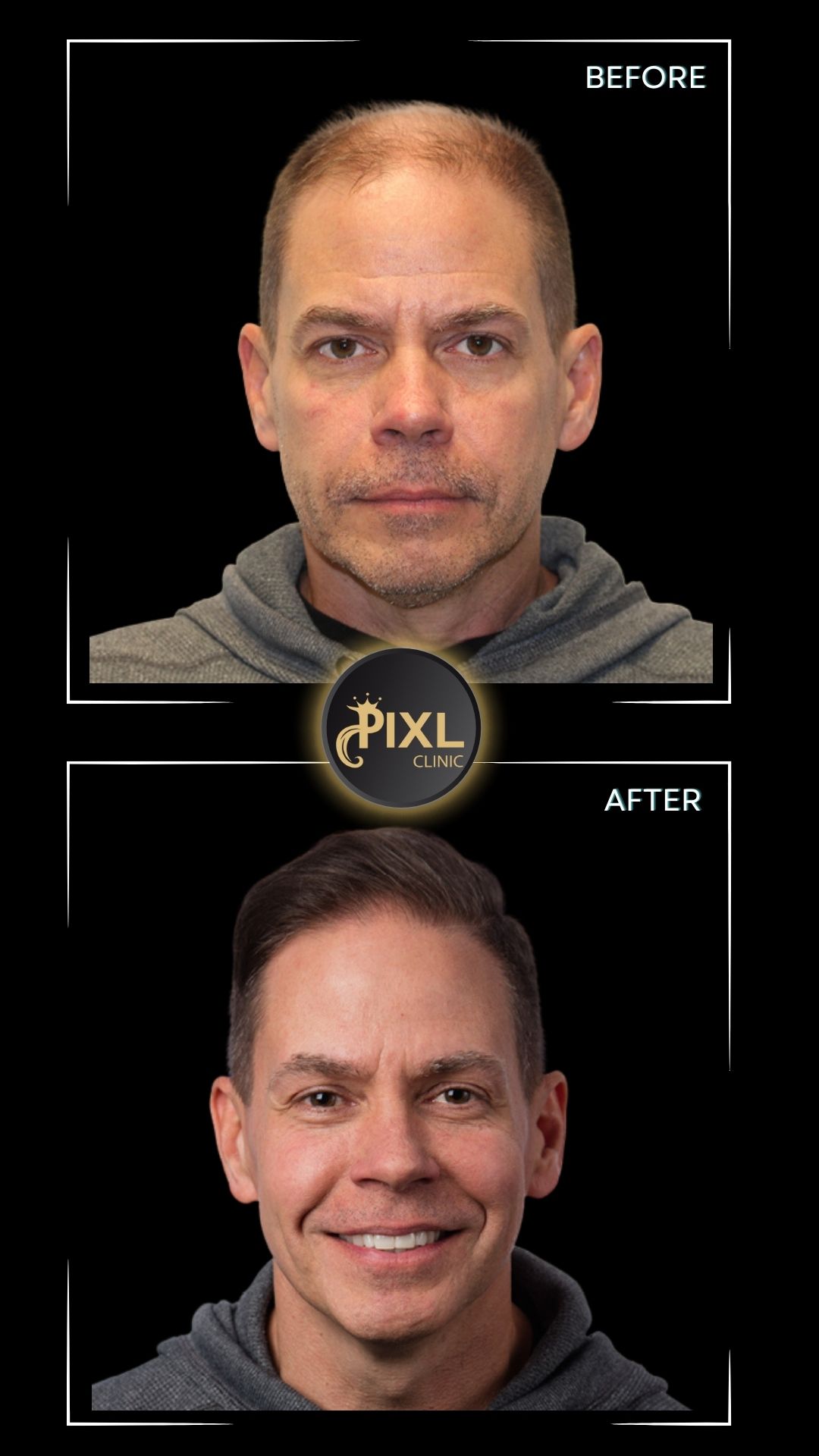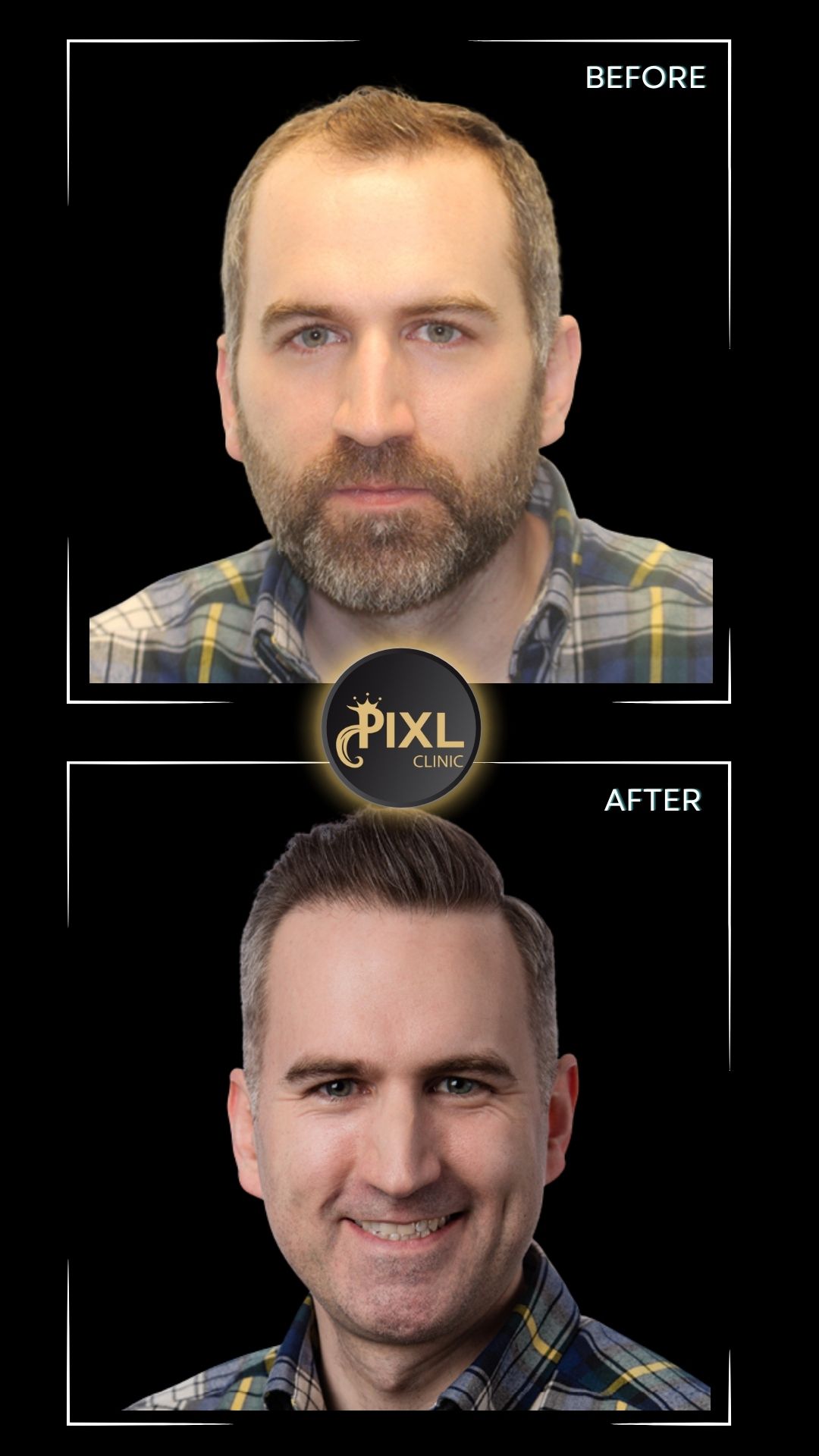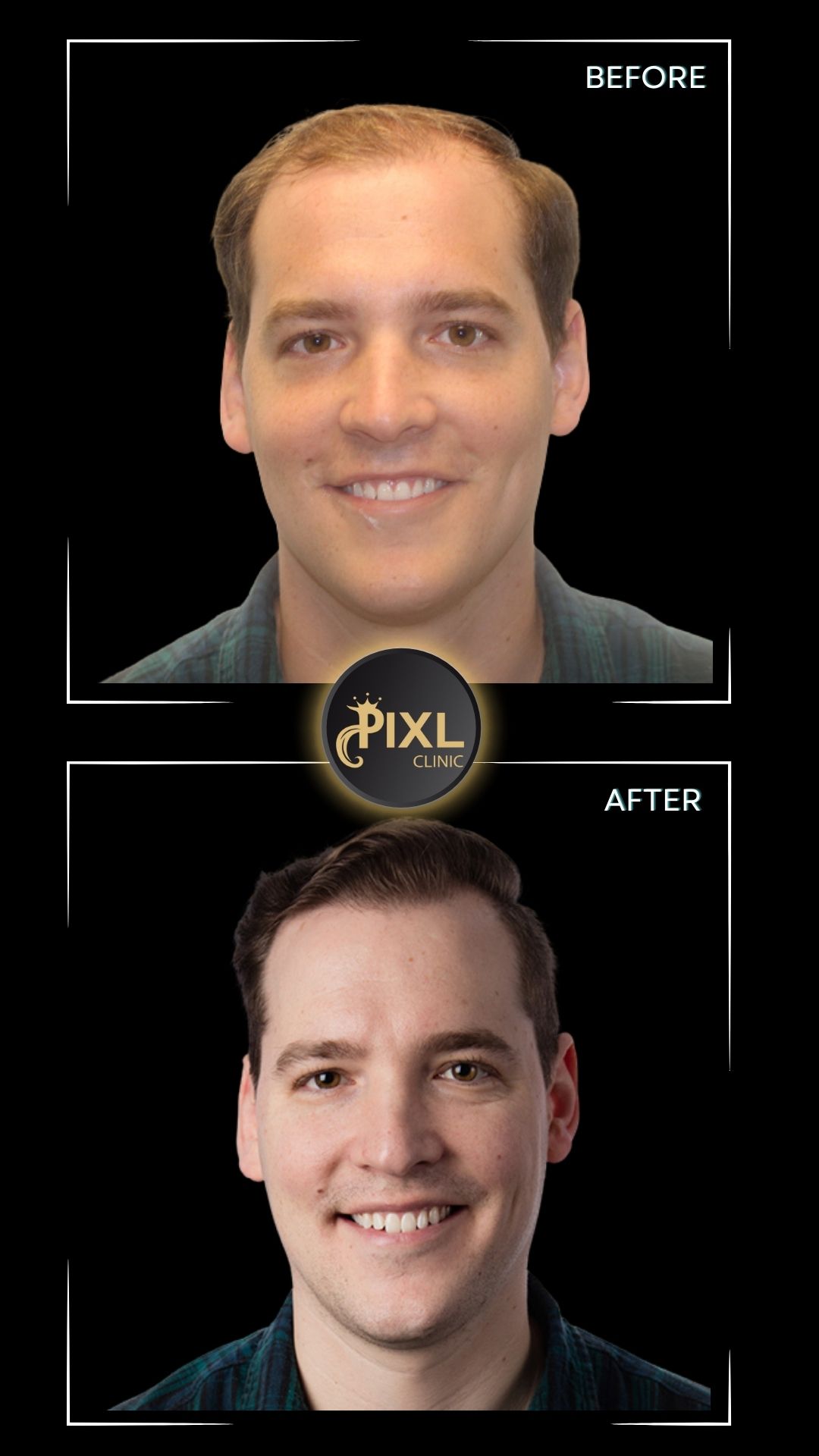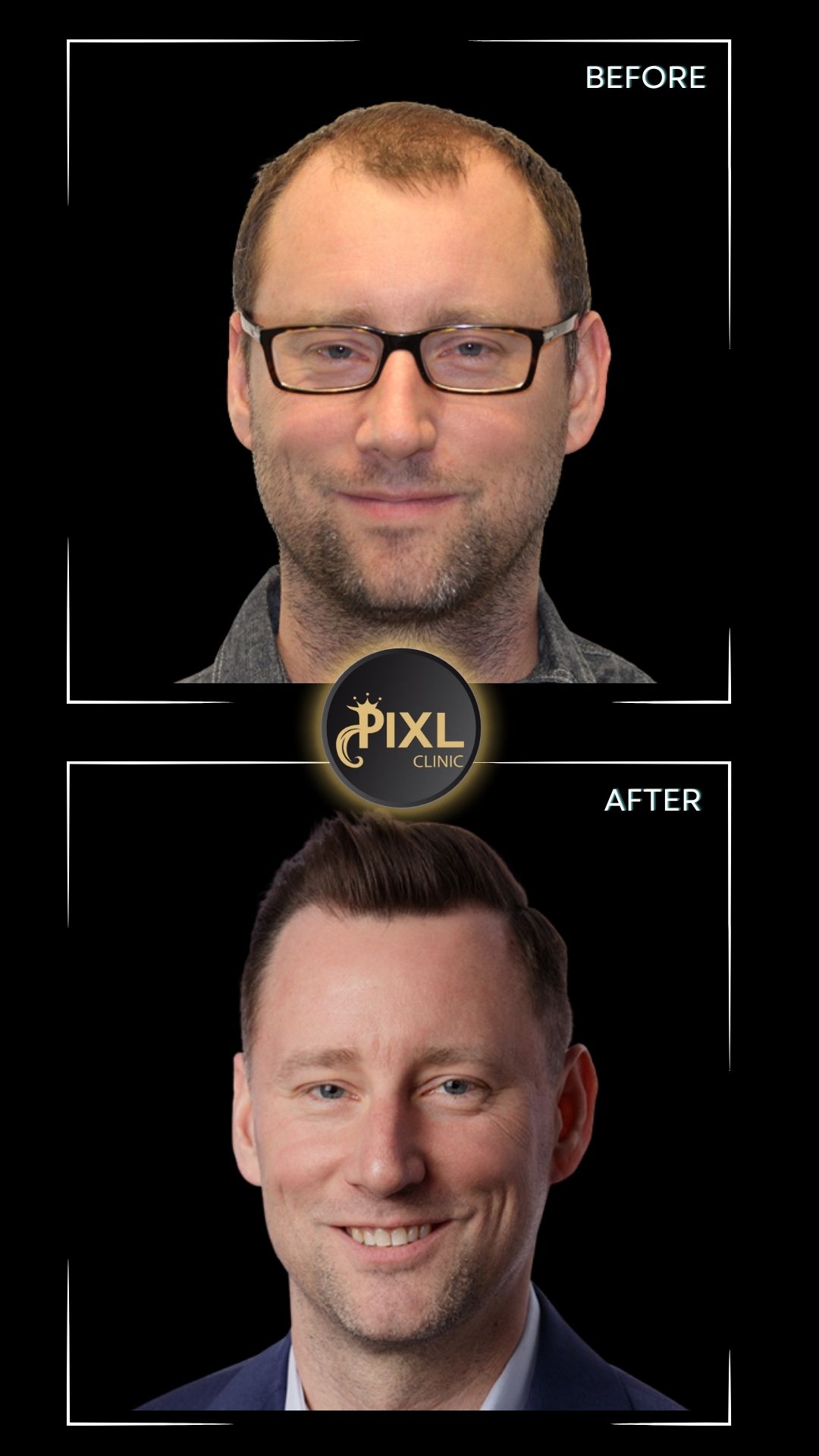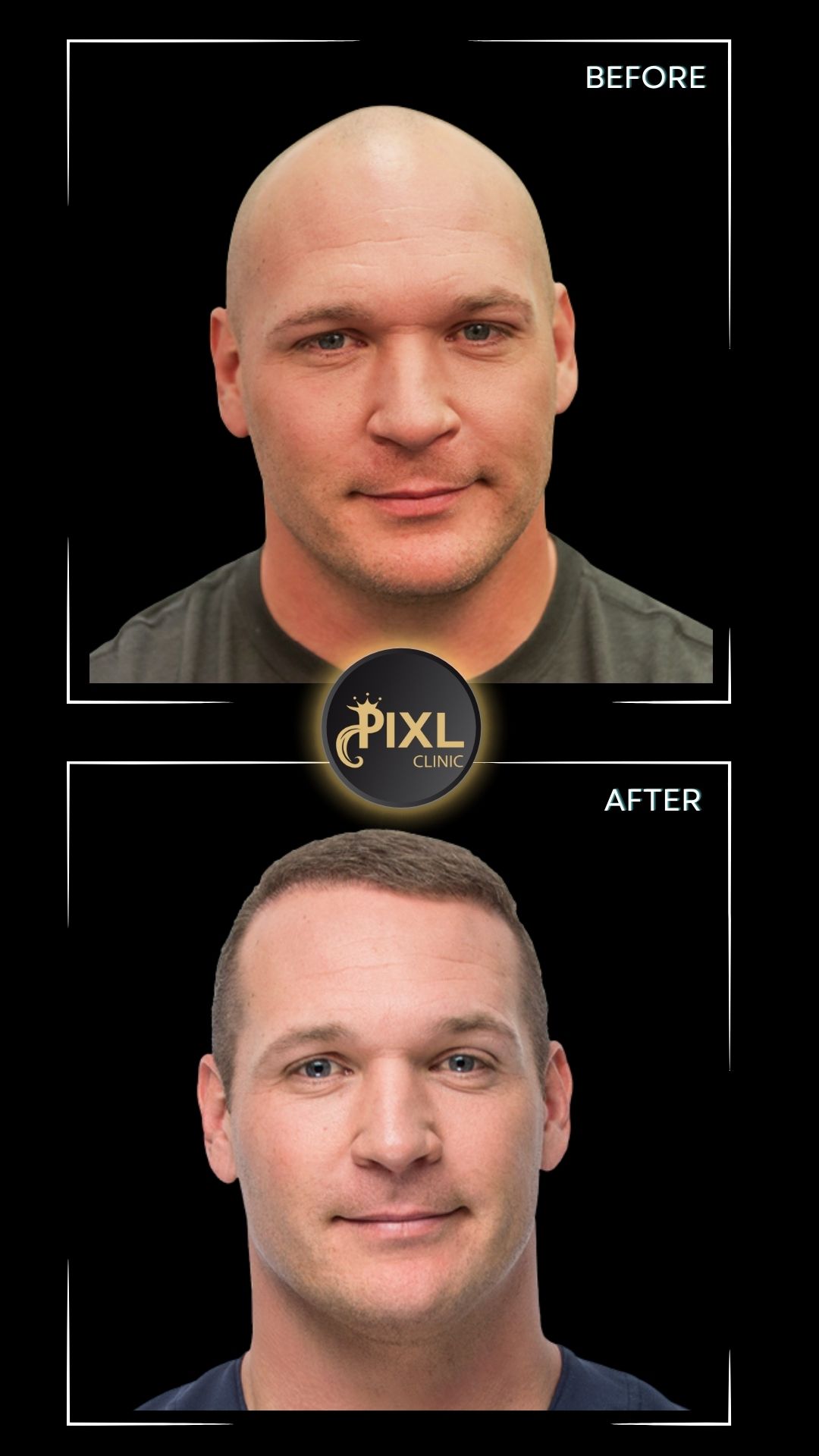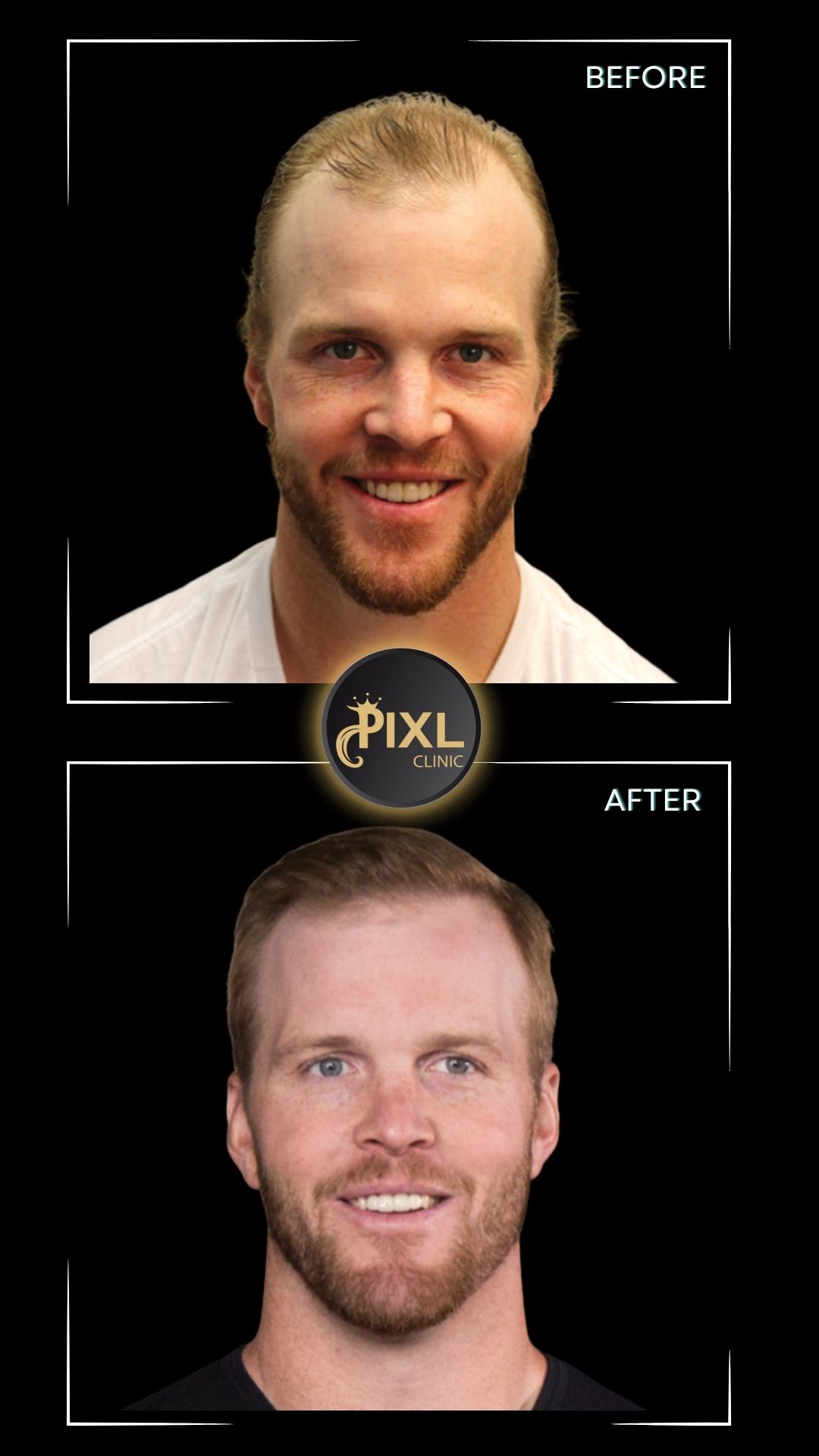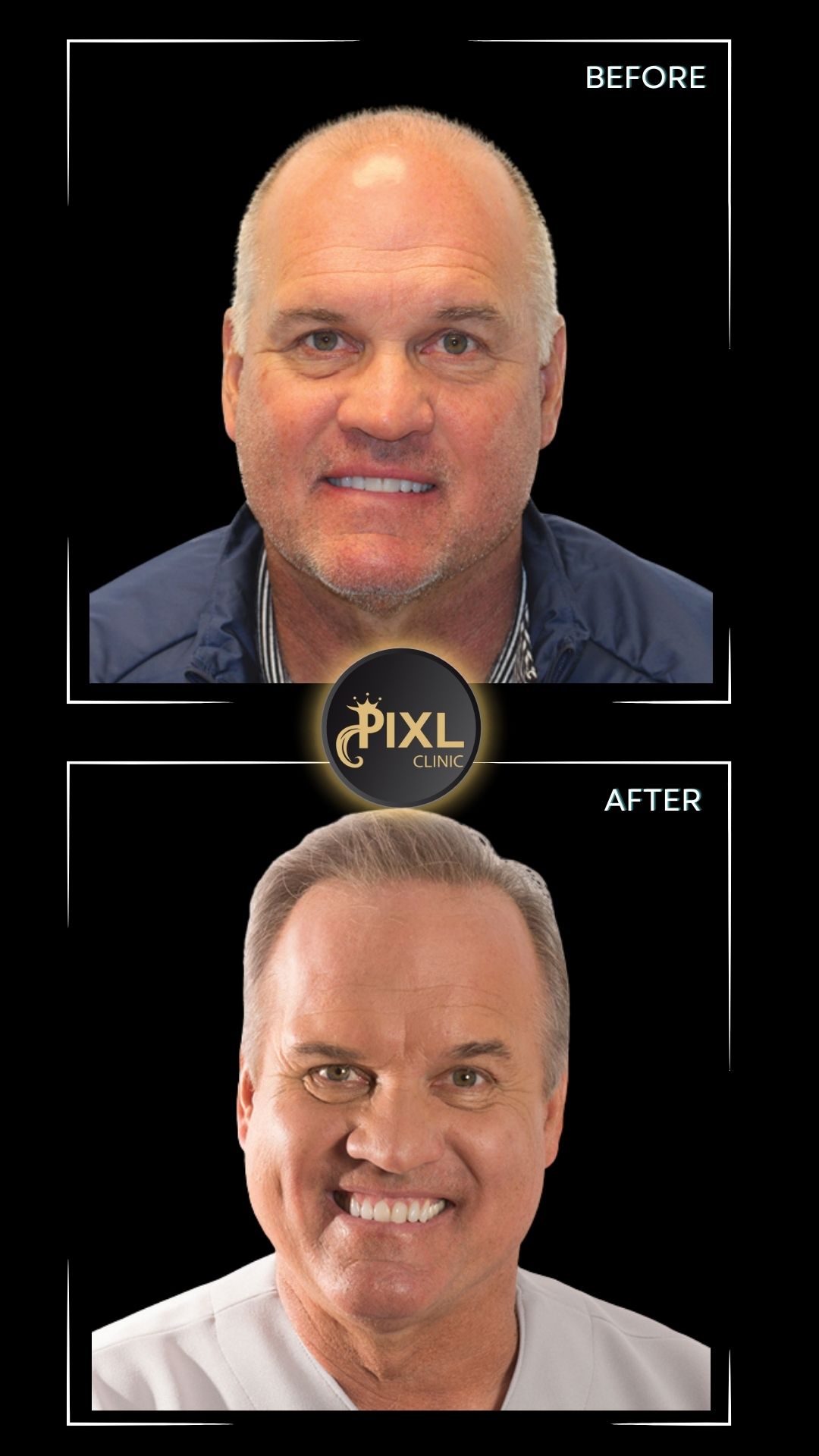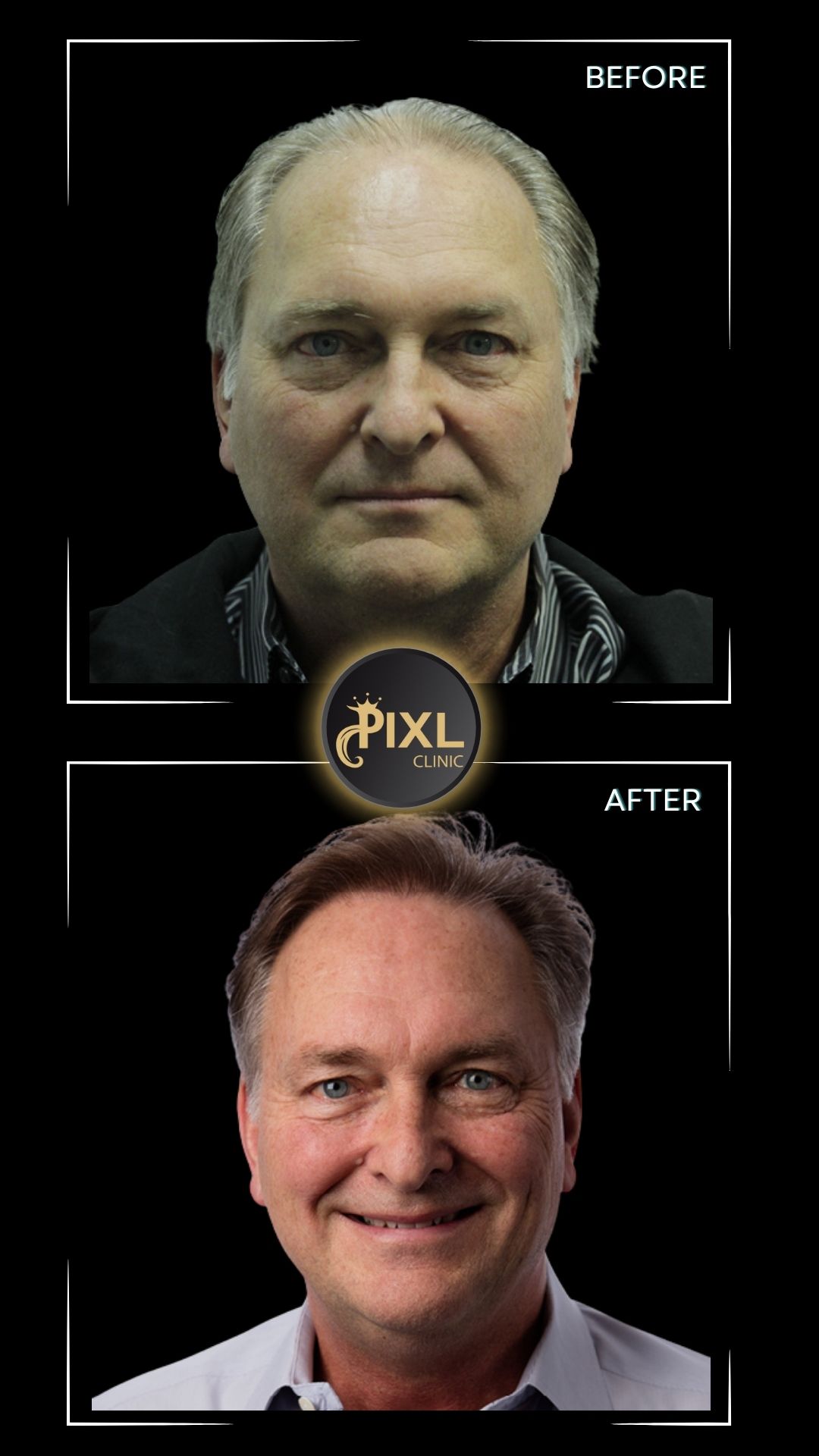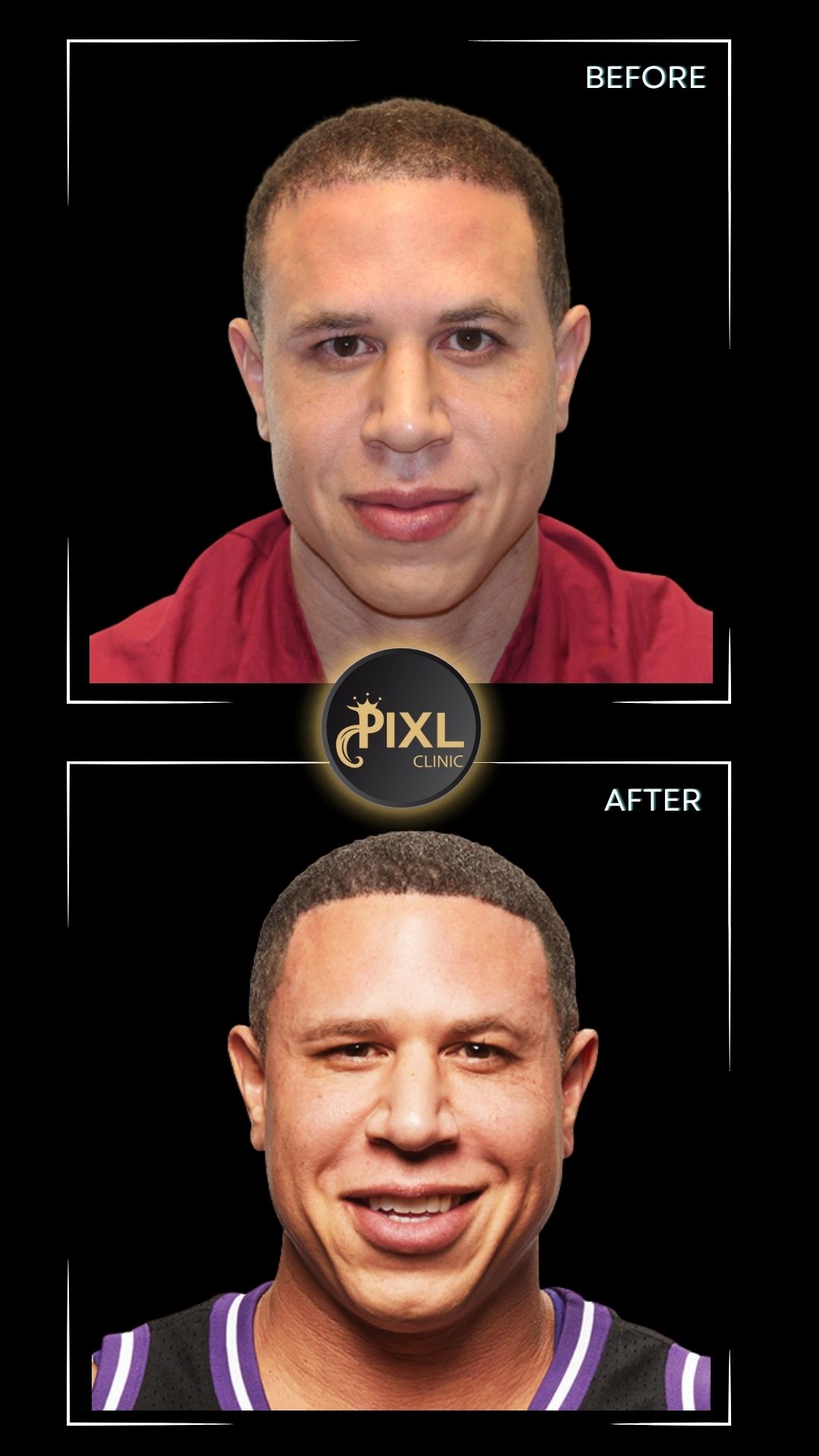Hair Transplant with Dreadlocks in Turkey
Getting a hair transplant with dreadlocks in Turkey involves several key steps, including choosing the right clinic and technique, preparing for the procedure, and following appropriate aftercare. Here’s a detailed overview of what you need to know about hair transplants with dreadlocks in Turkey:
Hair Transplants with Dreadlocks in Turkey: A Comprehensive Guide
Hair loss can be a significant concern for many people, including those who cherish their dreadlocks. For individuals with dreadlocks who are facing thinning or hair loss, a hair transplant can be a viable solution to restore their natural look. Turkey, a leader in hair restoration procedures, offers specialized services for dreadlock hair transplants.
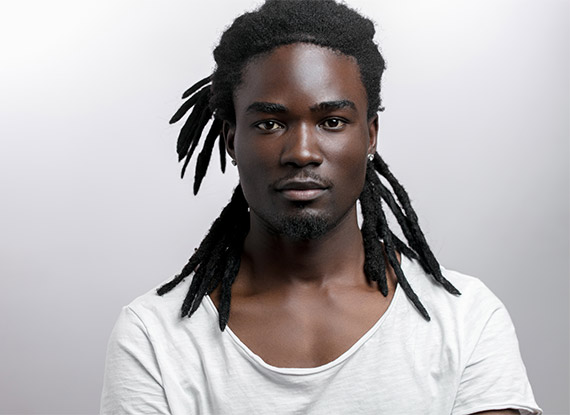
Do I need to shave my dreadlocks for a hair transplant?
Whether you need to shave your dreadlocks for a hair transplant depends on several factors, including the technique used, the condition of your hair, and the clinic’s approach. Here’s a detailed overview of what you might expect:
Shaving Requirements
Follicular Unit Extraction (FUE)
- Partial Shaving: In many cases, if you are undergoing an FUE hair transplant, you may not need to shave all your dreadlocks. Instead, the clinic might shave only the donor area (the part of your scalp from which the hair follicles will be extracted). This allows the surgeons to access the follicles without fully shaving your entire head.
- Managing Dreadlocks: If you have long dreadlocks, you may need to temporarily loosen or remove some of them to facilitate follicle extraction. This is done carefully to avoid damaging your hair.
Preparation for the Procedure
Consultation
- Discuss Options: During your initial consultation with the clinic, discuss your dreadlocks and any concerns you have about shaving. The clinic will provide recommendations based on your hair type and the chosen technique.
- Customized Plan: The clinic may develop a customized plan that involves minimal shaving or adjusting your dreadlocks to allow for effective extraction and transplantation.
How much does a hair transplant with dreadlocks cost?
The cost of a hair transplant with dreadlocks can vary based on the method used, the extent of the transplant, and the clinic’s location and reputation. In Turkey, you can expect to pay between $1,500 and $2,500, while costs in other countries may be higher.
Hair transplants in Turkey are generally more affordable. For dreadlocks, the cost can range from $1,500 to $2,500.
Is curly hair suitable for hair transplant?
Yes, curly hair is suitable for hair transplants. However, there are specific considerations and techniques that are particularly effective for curly hair types. Here’s a detailed guide on the suitability of curly hair for hair transplants and what to consider:
Suitability of Curly Hair for Transplant
Hair Follicle Extraction
- Curly Hair: Curly hair follicles are just as suitable for transplantation as straight or wavy hair follicles. The key factor is the health and density of the hair follicles.
- FUE and FUT: Both Follicular Unit Extraction (FUE) and Follicular Unit Transplantation (FUT) can be used for curly hair. The choice between these techniques depends on various factors such as the donor area’s condition and the desired outcome.
Which methods are used for hair transplants with dreadlocks?
Hair transplants involving dreadlocks require specialized techniques to handle the unique texture and structure of matted hair. Here’s a detailed overview of the methods used for hair transplants with dreadlocks:
Follicular Unit Extraction (FUE)
Procedure
- Extraction: FUE involves extracting individual hair follicles from the donor area (usually the scalp) using a small, precise instrument. This method minimizes the need for large incisions or removal of strips of skin.
- Handling Dreadlocks: For dreadlocked hair, FUE is often preferred because it allows for selective removal of follicles without disturbing the entire area. The dreadlocks in the donor area may be partially loosened or temporarily removed to facilitate extraction.
Advantages
- Minimal Shaving: FUE typically requires minimal shaving of the donor area, which is advantageous for individuals with dreadlocks.
- Less Invasive: This method is less invasive than Follicular Unit Transplantation (FUT) and may be easier to manage with dreadlocked hair.
Considerations
- Precision: The surgeon must be skilled in handling the curly and matted nature of dreadlocked hair to avoid damage to the follicles and ensure proper extraction and transplantation.
Frequently Asked Questions
Can I Get a Hair Transplant if I Have Dreadlocks?
Yes, you can undergo a hair transplant if you have dreadlocks. However, certain adjustments may need to be made, particularly in handling the texture and density of hair, as well as ensuring the dreadlocks are maintained or restored in a natural-looking way.
How Does a Hair Transplant for Dreadlocks Work?
The procedure is similar to traditional hair transplants but requires special techniques due to the unique characteristics of dreadlocked hair. Follicular Unit Extraction (FUE) is commonly used, where individual hair follicles are harvested and transplanted to areas where more volume or hair is needed. Dreadlocks may need to be cut or adjusted for the procedure.
What Happens to My Dreadlocks During the Procedure?
Typically, patients will need to remove or partially undo their dreadlocks in the donor area (usually the back of the scalp) to allow for the extraction of hair follicles. In the transplanted area, the new hair will initially grow naturally, and once enough growth has occurred, you can begin the dreadlock process again if desired.
Why Choose Turkey for Hair Transplant with Dreadlocks?
Turkey is renowned for its affordable and high-quality hair transplant procedures. Clinics in Turkey often have experience working with various hair textures, including Afro-textured hair, making them well-suited for those with dreadlocks. Turkey offers cutting-edge technology and experienced surgeons at competitive prices compared to other countries.
What Are the Costs for a Hair Transplant with Dreadlocks in Turkey?
The cost of a hair transplant in Turkey varies based on the number of grafts required, clinic reputation, and location. On average, prices range from $2,000 to $4,000. However, treating dreadlocks may add complexity and impact the final cost.
How Long Does the Procedure Take?
A hair transplant procedure typically takes between 4 to 8 hours, depending on the number of grafts needed. The time may vary slightly for patients with dreadlocks due to the additional care required to handle the hair’s texture and style.
Can I Keep My Dreadlocks After the Transplant?
After the transplant, the newly transplanted hair will grow naturally. Dreadlocks can be re-formed once the hair has grown to a sufficient length, typically after 6 to 12 months. However, some patients may need to cut or modify their existing dreadlocks to ensure the health of the donor and recipient areas.
How Long Is the Recovery Process?
The recovery process for a hair transplant with dreadlocks is similar to that of a standard hair transplant. Most patients experience some redness and swelling for the first 1 to 2 weeks. New hair growth usually begins around 3 to 4 months after the procedure, with full results visible in 12 to 18 months.
Are There Any Risks or Special Considerations?
As with any hair transplant, there are some risks, including infection, scarring, and poor hair growth. Handling dreadlocks adds another layer of complexity, as the hair’s texture requires special care to prevent traction alopecia (hair loss due to tight hairstyles). Working with a surgeon experienced in Afro-textured hair and dreadlocks can minimize risks.
How Many Grafts Will I Need for a Dreadlock Hair Transplant?
The number of grafts needed depends on the size of the area being treated and the desired fullness. Most patients with dreadlocks may require between 1,500 to 3,500 grafts. Your surgeon will assess your needs during a consultation.
Will the New Hair Blend with My Dreadlocks?
The new hair will grow naturally, but since dreadlocks involve a specific grooming process, the transplanted hair can be trained into dreadlocks after sufficient growth. The hair’s texture will blend well once it grows long enough to be twisted or locked.
Can I Style My Hair Immediately After the Transplant?
No, you should avoid styling or manipulating your hair for at least 4 to 6 weeks after the procedure to allow the newly transplanted follicles to settle. After the initial recovery period, you can begin normal hair care routines gradually.
Do I Need to Cut My Dreadlocks Before the Transplant?
In most cases, you will need to cut or at least loosen the donor area where hair will be extracted. However, surgeons will work with you to maintain as much of your existing style as possible, especially in areas that are not directly affected by the transplant.
How Long Until I Can Reform Dreadlocks?
You can begin reforming dreadlocks in the transplanted area once the hair reaches sufficient length, usually around 6 to 12 months post-surgery. Consult your stylist to avoid putting tension on newly transplanted follicles during this time.

